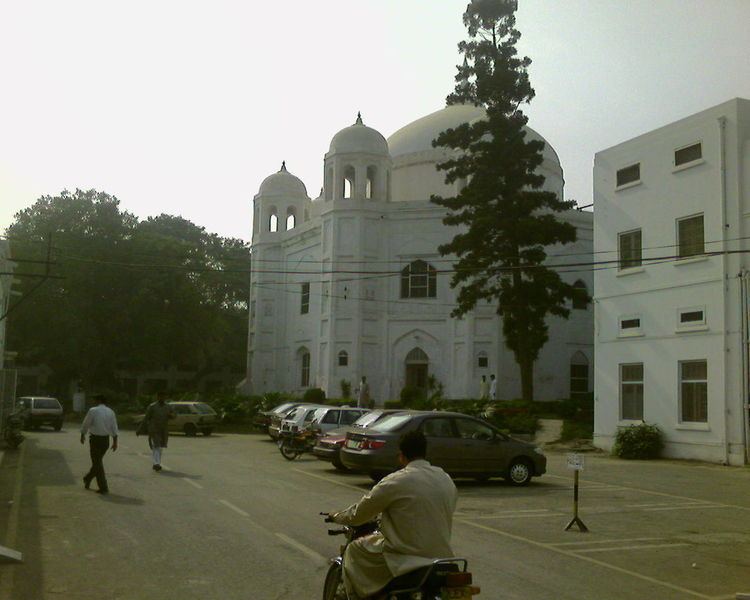Burial Lahore Name Sahib-i-Jamal Begum Children Muhammad Parviz Religion Islam Parents Khwaja Hasan | Father Khwaja Hasan Spouse Jahangir (m. 1586–1599) House Timurid (by marriage) Role Jahangir's wife Grandchildren Nadira Banu Begum | |
 | ||
Issue Sultan Muhammad Parviz Mirza Died June 1599, Lahore, Pakistan Great grandchildren Sulaiman Shikoh, Jahanzeb Banu Begum, Mumtaz Shikoh, Sipihr Shikoh Similar People Jahangir, Taj Bibi Bilqis Makani, Sultan Murad Mirza, Nur Jahan, Shah Jahan | ||
Sahib-i-Jamal Begum (Urdu: صاحب جمال بیگم; died c. 25 June 1599) was the third wife of Shahzada Nur-ud-din Mohammad Salim, the future Mughal emperor Jahangir. She was the mother of Salim's second son, Prince Parviz.
Contents
Family
Sahib-i-Jamal was of Turkish origin and was the daughter of a respected Muslim religious personality, Khwaja Hasan of Herat, making her the cousin of Zain Khan Koka, who was a leading official in the Mugal Empire under Akbar, including serving for a time as governor of Kabul. Her father, Khwaja Hasan, was known widely for his scholarship and studies in the techniques of warfare. Akbar held him in high esteem, and often discussed with him the spiritual problems that often agitated his mind.
Sahib-i-Jamal was a beautiful, highly cultured and well educated woman, who was fully conversant with the rules and etiquettes of the palace.
Marriage
Salim had fallen in love with her and they got married on 3 November 1586 in a lavish and grand marriage ceremony. Upon her marriage, she was given the title "Sahib-i-Jamal", which literally means ("Paragon of Beauty") or ("Mistress of Beauty") which was chosen by Akbar himself, by which name she came to be styled thereafter. A few months earlier in June 1586, Salim had also married (as his second wife) Princess Jagat Gosaini in what was a marriage of political alliance.
Sahib-i-Jamal bore her husband three children: his second son, Sultan Parviz Mirza, as well as two daughters, who died in infancy.
Death and burial place
Sahib-i-Jamal died c. 25 June 1599 in Lahore, Pakistan, and was also buried there. Construction of her tomb dates to either 1599 C.E. or 1615 C.E.
There is a popular misconception that the Tomb of Sahib-i-Jamal in Lahore is the tomb of the legendary dancing girl Anarkali. As per the legend, the tomb was said to be built by the Mughal emperor Jahangir for his love Anarkali, who was caught by Emperor Akbar for exchanging glances with Jahangir, at the time known as Prince Salim. Anarkali was reportedly a concubine of Akbar, and this action reportedly enraged Akbar so much, that he had Anarkali interred alive in a wall. When Prince Salim ascended the throne and took the name "Jahangir," he is reported to have ordered the construction of a tomb over the site of the wall in which Anarkali was reportedly buried.
18th century historian Abdullah Chagatai reported that the tomb was not the resting place for Anarkali, but instead for Jahangir's beloved wife Sahib-i-Jamal Begum. Many modern historians accept the credulity of this account. The building is currently used as the Punjab Archives, so access to the public is limited.
Sahib Jamal's white marble cenotaph features carvings with the 99 names of Allah, and was described by 19th century historians as "one of the finest pieces of carving in the world."
In addition to the 99 names of Allah, the cenotaph is inscribed with a Persian couplet written by the Emperor Jahangir which reads: "Ah! could I behold the face of my beloved once more, I would give thanks unto my God until the day of resurrection."
